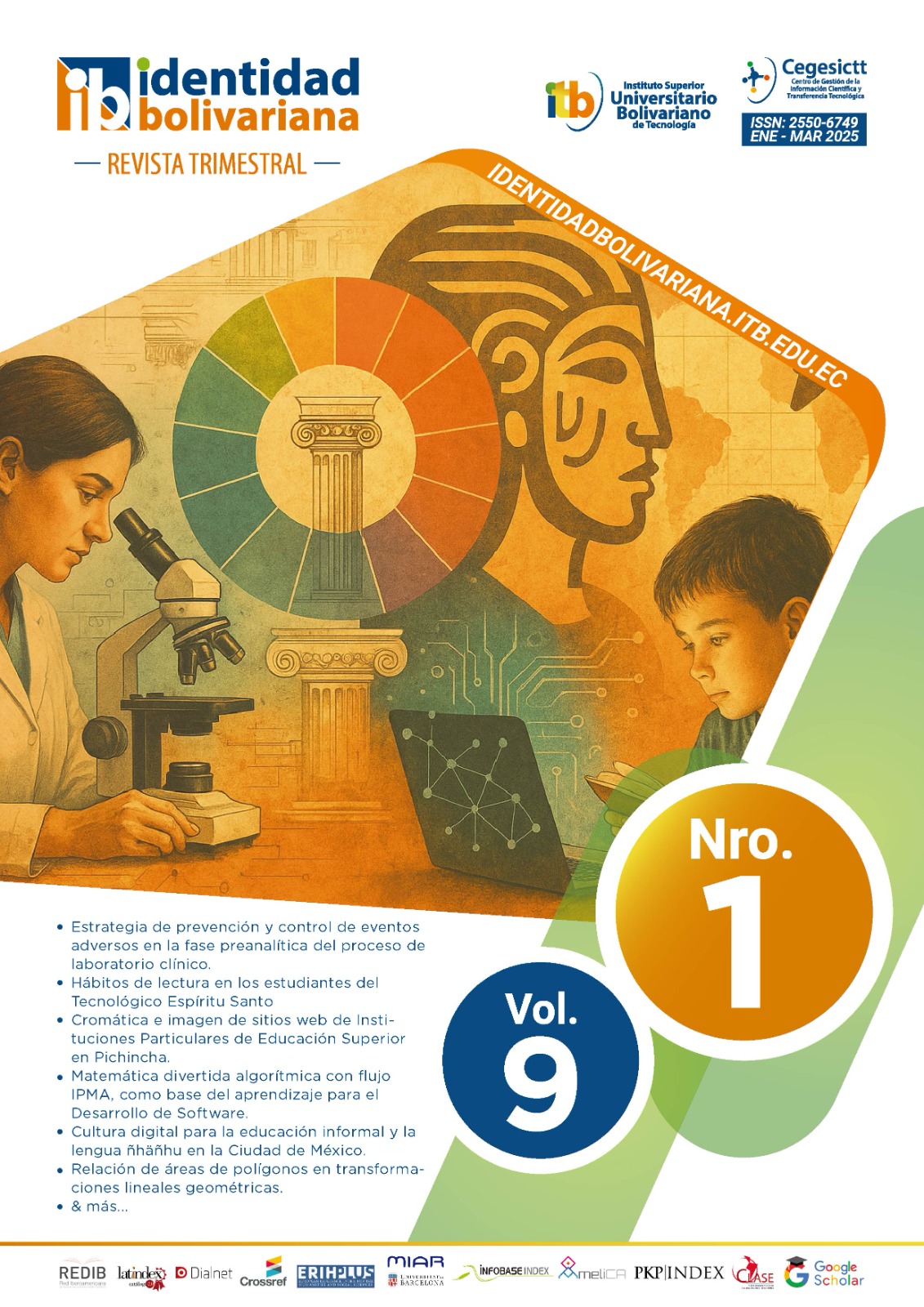What does safety mean to the tourist? An approach based on grounded theory
Main Article Content
Abstract
There is a gap in the deep and qualitative understanding of what safety means from the tourist’s perspective, that is, how travelers perceive and define their own safety in different travel contexts. This knowledge gap limits the ability of destinations to adapt effective safety management and communication strategies that meet the real expectations and needs of tourists. To address this shortfall, this article aims to explore and understand the meaning of safety for tourists from their own perspective, employing the qualitative methodology of Grounded Theory as proposed by Strauss and Corbin (1990), and developing a conceptual framework that identifies the central elements of safety perception in the tourism context from the viewpoint of its main actor, the tourist.
Article Details
Section
How to Cite
References
seguridad turística en los recreos turísticos de la carretera Iquitos–Nauta, 2019.
Auge, M. (1996). Los no lugares: espacios de anonimato. Barcelona, Editorial Gedisa, 1996
Bassi, J. (2015). El código de transcripción de Gail Jefferson: adaptación para las ciencias sociales. Cuaderns
de Psicologia, 17(1), 39-62.
Blanco, F. (2004). Reflexiones sobre seguridad, poderes públicos y actividad turística. Revista de Estudios
Turísticos, 160, 5-29.
Corzo, D. (2018). Análisis de la seguridad turística en Colombia a través de los Consejos de Seguridad Turística
2006-2013
(Analysis
of
Tourism
Security
in
Colombia
Through
the
Tourism
Security
Councils
2006–2013).
Available
at SSRN 3644424.
Chavez, Y. N. (2023). La seguridad turística y la satisfacción de los visitantes en el distrito del Callao, 2023.
Crouch, G. I., & Ritchie, J. R. B. (2003). The competitive destination: A sustainable tourism perspective. CABI
Publishing.
Esquivel, J. D. (2017). Seguridad turística: acercamiento para la conformación de un modelo integral para los
destinos turísticos.
Herranz, F. J. B. (2004). Reflexiones sobre seguridad, poderes públicos y actividad turística. Estudios Turísticos,
(160), 5-30.
Jiménez García, J., & Pérez Delgado, M. A. (2018). La seguridad como componente esencial del concepto de
calidad turística. Estudios y perspectivas en turismo, 27(4), 921-943.
Korstanje, M. E. (2016). Seguridad en el turismo. El periplo sustentable, (30), 225-228.
Korstanje, M. E. (2013). Preemption and Terrorism. When the Future Governs. Cultura, 10(1), 167-184.
Korstanje, M. (2012). ¿Se puede ponderar la seguridad turística?.
Fonseca, F. G., Tapia, C. E. H., Olivares, J. G., & Espadas, R. J. (2017). La seguridad turistica en México:
aportaciones para su configuración. Alternativas, 18(3), 84-93.
Tarlow, P. E. (2014). Tourism Security: Strategies for Effectively Managing Travel Risk and Safety. Elsevier.
Reisinger, Y., & Mavondo, F. (2005). Travel anxiety and intentions to travel internationally: Implications of
travel risk perception. Tourism Review International, 9(2), 175-187
Spiegelberg, H. (1994): “Analysis and interpretation of qualitative data in consumer research”. Journal of Consumer
Research. Vol.
21, pp. 491-503.
Strauss, A., & Corbin, J. (1990). Basics of qualitative research: Grounded theory procedures and techniques.
Sage Publications.
Lepp, A., & Gibson, H. (2003). Tourist roles, perceived risk, and international tourism. Annals of Tourism
Research, 30(3), 606-624.
UNWTO (2023). International Tourism Highlights. World Tourism Organization.

